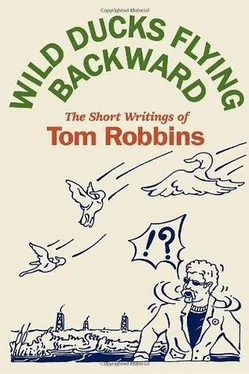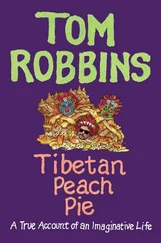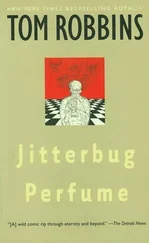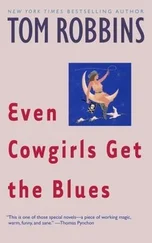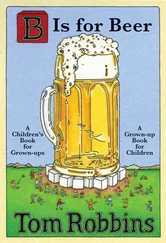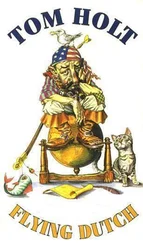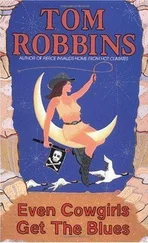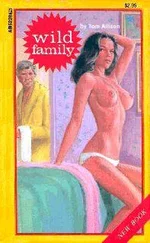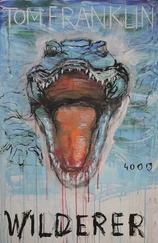Four Doors:
John Densmore, drums. Perhaps the best drummer in all of rock. While most drummers seldom stray from the beat, Densmore crosses the beat — in and out, back and forth, creating counter-beats and accentuating the off-beats. He not only provides The Doors with a fantastic complexity of percussion, he goads them into new time signatures and actually leads them along their epic melodic line.
Ray Manzarek, organ. As authoritative as the Grateful Dead’s Pigpen, but far more sophisticated, he obviously cut his teeth on Bach. Manzarek flows through a field of variations and figurations as grandiose as the richest Baroque. One moment he is pliant and searching, the next he is tearing at the keyboard like a starving man ripping a chicken apart.
Robby Krieger, guitar. With the drums and organ taking the lead, Krieger supplies a hard, unyielding rhythm that occasionally explodes into startling new disclosures of chord and modulation.
Jim Morrison, vocals. Morrison begins where Mick Jagger and Eric Burdon leave off. An electrifying combination of an angel in grace and a dog in heat, he becomes intoxicated by the danger of his poetry, and, swept by impious laughter, he humps the microphone, beats it, sucks it off. Sexual in an almost psychopathic way, Morrison’s richly textured voice taunts and teases, threatens and throbs. With incredible vocal control and the theatrical projection of a Shakespearean star, he plays with the audience’s emotions like a mischievous child with its dolls: now I kiss you, my little ones, now I wring your necks.
The Doors are carnivores in a land of musical vegetarians. Their craftsmanship is all the more astonishing in the light of their savagery. They have the ensemble tightness of the Juilliard String Quartet — but their grandeur is not of the intellect but of warm red blood. Their stained talons, wet fangs, and leathery wings are seldom out of view, yet if they leave us crotch-raw and exhausted, at least they leave us aware of our aliveness. And of our destiny. The Doors scream into the darkened auditorium what all of us in the counterculture are whispering more softly in our hearts: We want the world and we want it………………………. NOW!
The Helix, 1967
Her name sounds like one of those blue-collar taverns frequented by sports goons and off-duty cops, her job title sounds like the end of World War II. But Karen Duffy — the reigning “VJ”—looks more like an erotic bakery specializing in anatomically correct cream puffs, and her workplace looks more like the end of the world. As we know it. And she feels… fairly mischievous.
Coming at us in short bursts — Stella by strobelight — Duff manages nevertheless to be funny, bright, vulnerable, and genuine; the girl next door as video vamp, the perfect counterpoint to the laser-and-leather looney bin of MTV, over which she so jauntily presides.
Whether she is spinning Aerosmith’s propeller or tossing MC Hammer his tacks, she introduces the optic sizzle, the hip-hop histrionics, as if she were Little Red Riding Hood showing off her pet wolves. She has bravado to spare, but her whip is licorice, her nerves just a bit on edge. (Van Halen, what sharp teeth you have!)
If MTV is simultaneously decadent and fresh, technologically sophisticated and emotionally primitive, both an accomplice to the apocalypse and its antidote, then who better than a former recreational therapist at a nursing home to reign over its sphere of paradoxical power? With alley-cat eyes, pâtisserie figure, Cubistic haircut, and a grin wide enough to put Julia Roberts’s cat out through, Karen Duffy is capable of playing succubus to a generation of alienated young men. She is equally suited to be every patient’s favorite candy striper in the rehab wards of a poisoned land.
So let’s doff to Duff, let’s quaff to Duff: a juicy burr under the stiff saddle of American puritanism; a witty companion in many a lonely, cathode-lit room; the reassuring wink at the center of a billion-dollar ’round-the-clock hallucination spawned by the uneasy marriage of commerce and art.
Esquire, 1992
One humid, hammer-heavy morning seven years ago, on the ceremonial grounds of Chichen Itza, I watched a small coral snake slither from a pile of Mayan rubble and shoot through the grass like a rubber arrow in the direction of a group of my traveling companions. The snake singled out one man from the group, crawled deliberately up to the toe of his conservative, urban shoe, paused there for a long moment, then veered sharply to the right and disappeared into another heap of ancient stones.
That tiny incident would have been mildly interesting at best had not the man whom the snake “visited” been Joseph Campbell.
Professor Campbell had been regaling our party with some story or other, and gave no indication of having even noticed the little serpent. Yet I was convinced that something had passed between them.
Did the snake lick the tip of Joseph Campbell’s shoelace, changing it into jade?
Was the snake carrying a tarot card under its tongue? Was it carrying a pomegranate seed?
Had the snake wept? Had it sung? Were those purple feathers sprouting from its spine?
Would the serpent and Professor Campbell meet again late that evening — and would they sip mistletoe gin from a virgin’s skull while discussing details for the coronation of the Ant King?
Speculations such as those were hardly surprising. Joseph Campbell was so conversant with the world of wonders that he awakened the potential for wonder in everyone he touched. He unbuttoned the secret earth for us and let the inexhaustible inspiration of Being stream through.
Now, like heroes before him, he has vanished into the buttonhole. But he left the bright opening agape, allowing us free access to that heritage of raptures and terrors that he so valiantly resurrected, so vividly described.
In the months before his death last year at the age of eighty-three, Campbell was interviewed at length by journalist Bill Moyers. The result, a six-part series entitled Joseph Campbell and the Power of Myth, is set to premiere on PBS later this month. It’s virtually impossible to overestimate the significance of this suite of hour-long broadcasts, or to overpraise its potential for, temporarily at least, exorcising the boob from the tube. It’s particularly significant at a time when the population is threatened by a potentially deadly epidemic of mythological origin. The plague to which I refer is not AIDS but millennialism.
Joseph Campbell was the world’s foremost mythologist. Early in his long life, he combined Sir James George Frazer’s discovery that strikingly similar motifs show up in the folktales of all the world’s cultures, with Carl Jung’s notion that myths are metaphors created to illuminate human experience. Thus, doubly inspired, Campbell became a maverick scholar, his books and lectures often scorned by academicians but adored by poets, painters, and enlightened psychoanalysts. His genius was not so much in his exhaustive scholarship, however, as in his intuitive recognition of the importance and relevance of myth to every living soul.
If “the proper study of man is man,” then mythology is the lens through which man is properly examined. Yet most of us, including the ostensibly well-educated, wouldn’t know a myth from a Pentagon press release. We’ve been taught to equate “myth” with “lie.”
In actuality, myths are neither fiction nor history. Nor are most myths — and this will surprise some people — an amalgamation of fiction and history. Rather, a myth is something that never happened but is always happening. Myths are the plots of the psyche. They are ongoing, symbolic dramatizations of the inner life of the species, external metaphors for internal events.
Читать дальше
